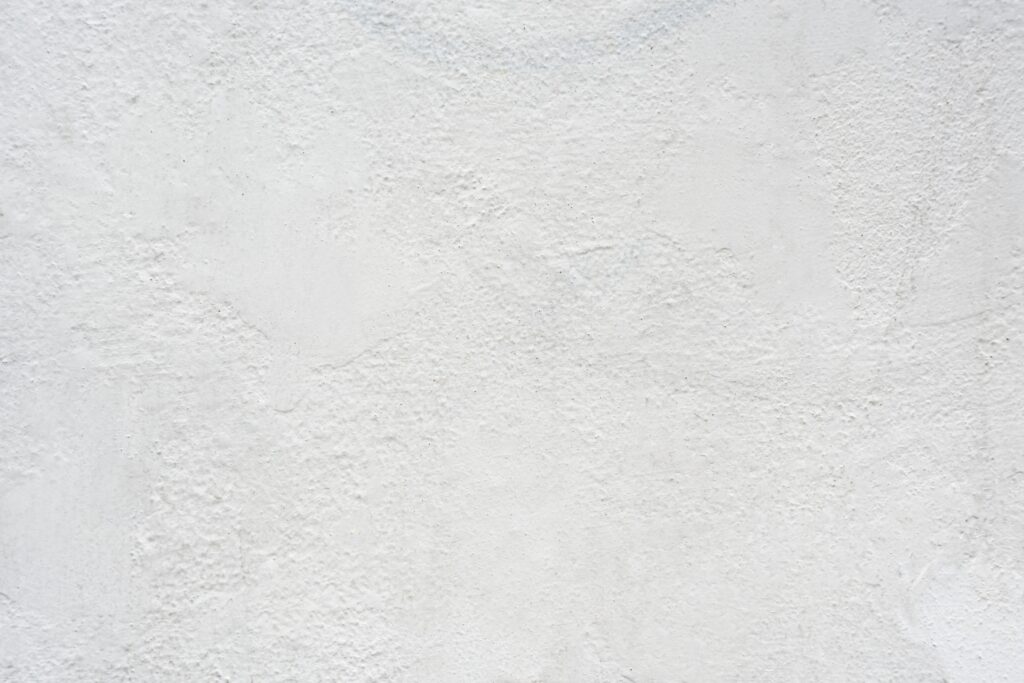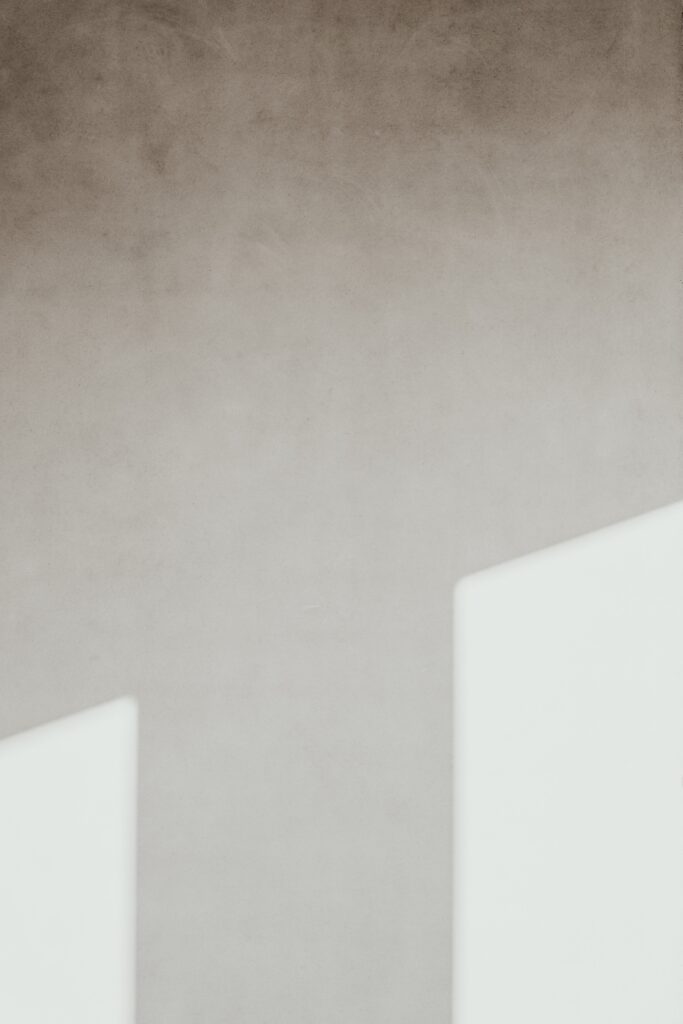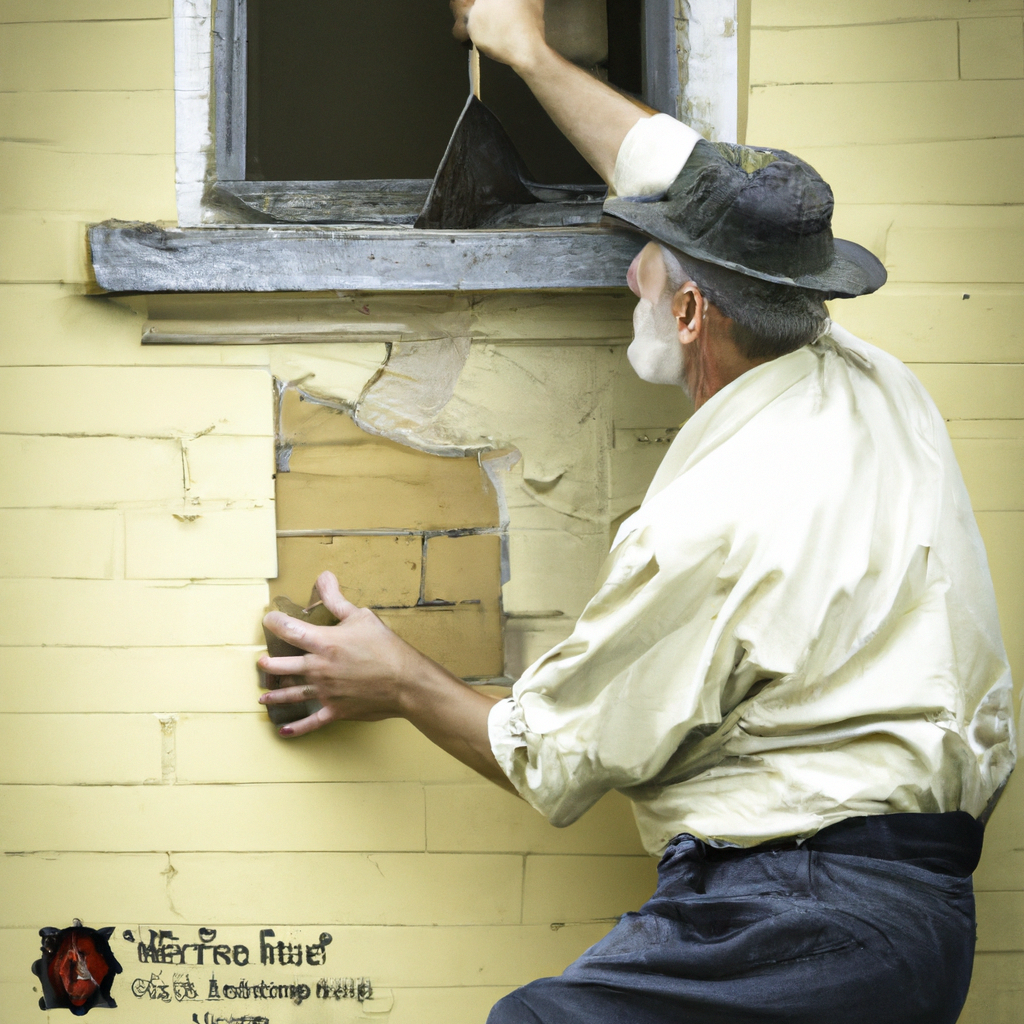So you’ve noticed some cracks and damage in the exterior walls of your home. Don’t worry, because we’ve got the solution for you – Stucco Repair! Whether it’s small cracks or major structural issues, our friendly team of experts is here to ensure that your stucco is restored to perfection. Say goodbye to unsightly blemishes and hello to a beautiful and durable finish. With our top-notch techniques and high-quality materials, you can trust us to handle all your stucco repair needs. Let us help you protect and enhance the beauty of your home with our exceptional stucco repair services.
Understanding Stucco
What is stucco?
Stucco is a popular exterior finish used on residential and commercial buildings. It is a type of wall cladding made from a combination of cement, sand, lime, and water. The mixture, when applied in multiple layers, forms a hard, durable, and weather-resistant material that can be textured or smooth. Stucco can be applied to various surfaces, including concrete, masonry, and wood.
Why is stucco popular?
Stucco is a popular choice for many homeowners and builders for several reasons. First, it offers a high level of versatility in terms of textures and finishes. From a sleek, modern look to a traditional, rustic appearance, stucco can be customized to match any architectural style. Additionally, stucco is known for its excellent durability and longevity. It can withstand harsh weather conditions, such as rain, wind, and extreme temperatures, without deteriorating or losing its aesthetic appeal. Finally, stucco is a cost-effective option compared to other exterior finishes, such as stone or brick. Its installation and maintenance costs are generally lower, making it an attractive choice for budget-conscious individuals.
Common stucco problems
While stucco is a resilient and long-lasting material, it is not completely immune to damage. Over time, various issues can arise that require repair and maintenance. Some of the most common stucco problems include cracking, discoloration, water damage, and the growth of mold or mildew. These issues can be caused by factors such as normal settling of the building, improper installation, moisture infiltration, or lack of sufficient maintenance. It is important to identify and address these problems promptly to prevent further damage and ensure the longevity of the stucco finish.
Identifying Stucco Damage
Visible signs of stucco damage
Identifying stucco damage can be relatively straightforward if you know what signs to look for. Cracks are one of the most visible indications of stucco damage. They can occur due to various reasons, including foundation settlement, temperature changes, or improper installation. Discoloration is another visible sign that something may be wrong with the stucco. It can be caused by water infiltration, mold growth, or simply aging of the material. Other signs to watch out for include bulging or blistering stucco, efflorescence (white powdery residue), or gaps between the stucco and adjacent surfaces. Regular inspections of your stucco walls can help you spot these signs early on and take appropriate action.
Potential causes of stucco damage
Understanding the potential causes of stucco damage is crucial in determining the appropriate repair strategy. One common cause is water infiltration. When water penetrates the stucco surface, it can lead to cracking, discoloration, and even structural damage. This can occur due to issues like improper flashing, faulty gutters, or insufficient sealing around windows and doors. Another common cause is improper installation. If the stucco layers are not applied correctly or if shortcuts are taken during the installation process, it can result in premature deterioration. Additionally, natural factors such as temperature changes, settling of the building, or impact from severe weather conditions can also contribute to stucco damage.
Importance of early detection
Early detection of stucco damage is crucial in preventing further issues and minimizing repair costs. Small cracks or discoloration, if left unaddressed, can worsen over time and result in more significant damage. Water infiltration, for example, can lead to mold growth, rotting of underlying materials, or even structural instability. By regularly inspecting your stucco walls and being proactive in identifying and addressing any signs of damage, you can save yourself from costly repairs down the line. Timely repairs also help maintain the visual appeal and integrity of your stucco finish.

Preparing for Stucco Repair
Assessing the extent of damage
Before embarking on any stucco repair project, it is essential to assess the extent of the damage. This will help you determine the appropriate repair techniques, materials, and tools needed. Examining the affected area thoroughly, both visually and by gently probing the surface, will give you an idea of the severity of the damage. You may come across minor cracks that require simple patching or more significant damage that calls for more extensive repair work. By accurately assessing the extent of the damage, you can plan and prepare adequately, ensuring a successful repair process.
Gathering necessary tools and materials
Once you have assessed the extent of the stucco damage, the next step is to gather the necessary tools and materials for the repair. The specific tools required may vary depending on the size and complexity of the project, but some common tools include a hammer, chisel, trowel, wire brush, and a masonry drill. As for materials, you will need stucco mix or patching compound, bonding agent, sandpaper, and primer. It is important to ensure that you have all the required tools and materials before beginning the repair process to avoid any delays or interruptions.
Ensuring safety measures
During stucco repair, it is important to prioritize safety to prevent accidents or injuries. Depending on the height of the repair area, you may need to use ladders or scaffolding, so it is crucial to follow proper safety guidelines for working at heights. Additionally, wearing protective gear, such as goggles, gloves, and a dust mask, is essential to protect yourself from potential hazards. It is also advisable to work in a well-ventilated area and take breaks as needed to prevent exhaustion. By taking necessary safety precautions, you can enhance the overall repair experience and minimize any potential risks.
Repairing Minor Stucco Cracks
Cleaning the damaged area
Before filling in minor stucco cracks, it is crucial to clean the damaged area thoroughly. Use a wire brush or scraper to remove any loose debris, dirt, or old stucco from the crack. This will ensure proper adhesion of the patching material and a more seamless repair. After cleaning, gently rinse the area with water to remove any remaining residue and allow it to dry completely before proceeding to the next step.
Filling the crack with stucco patching compound
Once the damaged area is clean and dry, you can begin filling the crack with stucco patching compound. Apply the compound using a trowel, ensuring that it completely fills the crack. Smooth out the surface of the patch with the trowel, feathering the edges to blend it seamlessly with the surrounding stucco. Follow the manufacturer’s instructions for drying time and curing before proceeding to the next step.
Smoothing and blending the repaired area
After the stucco patching compound has cured, you can smooth and blend the repaired area to ensure a seamless finish. Use sandpaper to gently sand down any rough edges or imperfections, being careful not to damage the surrounding stucco. Once the surface is smooth, you can use a damp sponge to slightly dampen the repaired area and blend it with the rest of the stucco. This will help achieve a uniform appearance and minimize the visibility of the repair.

Fixing Major Stucco Damage
Removing loose or damaged stucco
When dealing with major stucco damage, the first step is to remove any loose or damaged stucco from the affected area. Use a hammer and chisel to carefully chip away the damaged stucco, making sure to remove all weak or compromised portions. It is crucial to go beyond the visibly damaged area to ensure the stability and integrity of the repair. Be cautious not to damage the underlying layers or the substrate while removing the stucco.
Applying a scratch coat
After removing the damaged stucco, it is necessary to apply a scratch coat to create a stable base for the new stucco layer. Mix stucco according to the manufacturer’s instructions, ensuring the right consistency. Apply the scratch coat using a trowel, making sure to cover the exposed area completely. The scratch coat should have enough thickness to provide a strong bond with the new stucco layer. Roughen the surface of the scratch coat with a scratcher or similar tool to allow proper adhesion of the next layer.
Installing the new stucco layer
Once the scratch coat has cured, you can proceed to apply the new stucco layer. Mix a fresh batch of stucco and apply it over the scratch coat using a trowel. Work in small sections, ensuring an even and consistent layer thickness. Use the trowel to create the desired texture or finish, matching the surrounding stucco as closely as possible. Allow the new stucco layer to dry and cure according to the manufacturer’s instructions before proceeding with any additional steps, such as painting or sealing.
Repairing Stucco Discoloration
Identifying causes of discoloration
Stucco discoloration can occur due to various reasons, and it is important to identify the underlying cause before proceeding with repairs. One common cause is water infiltration, which can result in unsightly stains or dark patches on the stucco surface. Mold or mildew growth can also lead to discoloration, often appearing as black, green, or brown spots. Additionally, exposure to harsh weather conditions, such as sun exposure or pollution, can cause fading or discoloration over time. By understanding the cause of discoloration, you can choose the appropriate repair technique and prevent further issues.
Cleaning the affected area
Before attempting to repair stucco discoloration, it is essential to clean the affected area thoroughly. Use a mild detergent or stucco cleaner and a soft bristle brush to gently scrub the discolored surface. Be careful not to scrub too harshly, as this can damage the stucco. Rinse the area with water and allow it to dry completely. If the discoloration is caused by mold or mildew, it may be necessary to apply a mold removal solution or bleach to ensure complete eradication of the spores and prevent regrowth.
Applying a fresh coat of paint or stucco tint
Once the discolored stucco is clean and dry, you can consider applying a fresh coat of paint or stucco tint to restore its original appearance. Choose a color that matches the existing stucco or opt for a different shade to create a new look. Apply the paint or tint evenly, following the manufacturer’s instructions. It may be necessary to apply multiple coats to achieve the desired color and coverage. Allow each coat to dry completely before applying the next one. Once the paint or tint has dried, inspect the repaired area to ensure a uniform and seamless finish.

Addressing Water Damage and Mold
Locating water damage sources
When dealing with water damage and mold on stucco surfaces, it is crucial to first locate the source of the water infiltration. Check for potential areas of weakness or vulnerability, such as cracks around windows or doors, damaged flashing, or faulty gutters. It may be necessary to conduct a thorough inspection both inside and outside the building to identify any hidden sources of water. Addressing these issues is essential to prevent further damage and ensure the long-term integrity of the stucco.
Repairing water damage and preventing further issues
Once the water damage sources have been identified, it is important to repair them promptly to prevent further issues. Fix any cracks, gaps, or damage that may be allowing water to penetrate the stucco. This may involve sealing gaps around windows or doors, replacing damaged flashing, or repairing faulty gutters. It is also advisable to improve drainage around the building by ensuring proper grading and installing downspouts or drainage systems as needed. Taking these measures will help divert water away from the stucco and protect it from further damage.
Removing mold and preventing regrowth
If mold or mildew is present on the stucco surface, it is crucial to remove it thoroughly and prevent regrowth. Use a mold removal solution or a mixture of one part bleach to four parts water to clean the affected area. Apply the solution using a sponge or spray bottle and scrub gently. Allow the solution to penetrate the surface for a few minutes before rinsing it off with water. Ensure that the area is well-ventilated during the cleaning process. To prevent mold regrowth, consider applying a mold-resistant coating or sealer over the stucco surface as an additional protective measure.
Maintaining Stucco for Longevity
Regular inspections and preventive measures
Regular inspections are key to maintaining and extending the lifespan of your stucco finish. Perform visual inspections of your stucco walls at least once a year or after severe weather events. Look for signs of damage, including cracks, discoloration, or water stains. Promptly address any issues that arise to prevent further damage. Additionally, take preventive measures to protect your stucco from potential damage. Keep gutters and downspouts clean and free from debris, ensure proper drainage around the building, and trim vegetation away from stucco walls to minimize moisture buildup.
Cleaning and protecting stucco surfaces
Routine cleaning is essential to keep your stucco surfaces looking their best and to prevent the buildup of dirt, dust, and other debris. Use a soft-bristle brush or a pressure washer on a low setting to clean the stucco periodically. Avoid using harsh chemicals or abrasive cleaners that can damage the stucco. If you notice any stains, promptly clean them using a mild detergent or stucco cleaner. Additionally, consider applying a protective sealer or waterproofing coating to enhance the durability and weather resistance of your stucco finish.
Understanding when to call for professional help
While some stucco repairs can be completed as DIY projects, it is important to recognize when it is best to call for professional help. Major stucco damage, extensive mold growth, or structural issues should always be addressed by qualified stucco repair contractors. They have the expertise, experience, and specialized tools to handle complex repairs and ensure long-term structural integrity. Professional contractors can also provide valuable advice on proper maintenance techniques and offer preventive measures to extend the lifespan of your stucco finish.

Hiring a Stucco Repair Contractor
Researching reputable contractors
When hiring a stucco repair contractor, it is essential to conduct thorough research to find reputable professionals. Seek recommendations from friends, family, or neighbors who have had positive experiences with stucco repairs. Additionally, explore online reviews and ratings of local contractors to assess their reputation. Take note of contractors who specialize in stucco repairs and have extensive experience in the field. It is also advisable to check if they are licensed, insured, and bonded to ensure they meet the necessary requirements.
Requesting cost estimates and project timeline
Before finalizing a contract, it is important to request cost estimates and a projected timeline from the potential stucco repair contractors. Ask for detailed breakdowns of the costs involved, including labor, materials, and any additional fees. Compare the estimates from different contractors to ensure you get the best value for your investment. Additionally, discuss the expected duration of the project, taking into account any potential delays that may arise. Clarity regarding costs and timeline will help you make an informed decision and effectively plan the repair process.
Checking contractor credentials and references
To ensure you are working with a reputable stucco repair contractor, check their credentials and references. Verify their licenses and certifications to ensure they are qualified to perform the repairs. Request references from past clients and contact them to inquire about their experiences working with the contractor. Ask about the quality of work, adherence to timelines, and overall professionalism. This will give you a better understanding of the contractor’s reputation and help you make a confident decision.
Conclusion
Understanding stucco and how to properly repair and maintain it is essential for homeowners and building owners. By familiarizing yourself with basic stucco repair techniques, you can address minor damage promptly and prevent it from escalating into major issues. Regular inspections and preventive measures will help you identify and address any signs of damage early on, ensuring the longevity and beauty of your stucco finish. When needed, hiring a reputable stucco repair contractor will provide you with the expertise and peace of mind necessary for more complex repairs. By appreciating the beauty and durability of well-maintained stucco, you can enjoy the benefits of this popular exterior finish for years to come.

